Setting sail on the vast seas, with horizons stretching endlessly, is an exhilarating experience.
But before you embark on this journey, there’s a crucial question to address: Do you need a passport for a cruise?
In this guide, we’ll navigate the intricate waters of cruise passport regulations, helping you sail confidently into your next adventure.
Do You Need a Passport to Go on a Cruise? The Quick Answer
For U.S. citizens, closed-loop cruises that begin and end in the same U.S. port might not require a passport, allowing travelers to use a government-issued photo ID and a birth certificate instead.
However, for international cruises, which either start or end in a foreign port or include visits to foreign destinations, a passport is typically necessary.
It’s crucial to verify the specific requirements of both the cruise line and the visited countries, as regulations can differ, and possessing a passport is advised for smoother travel and emergency contingencies.
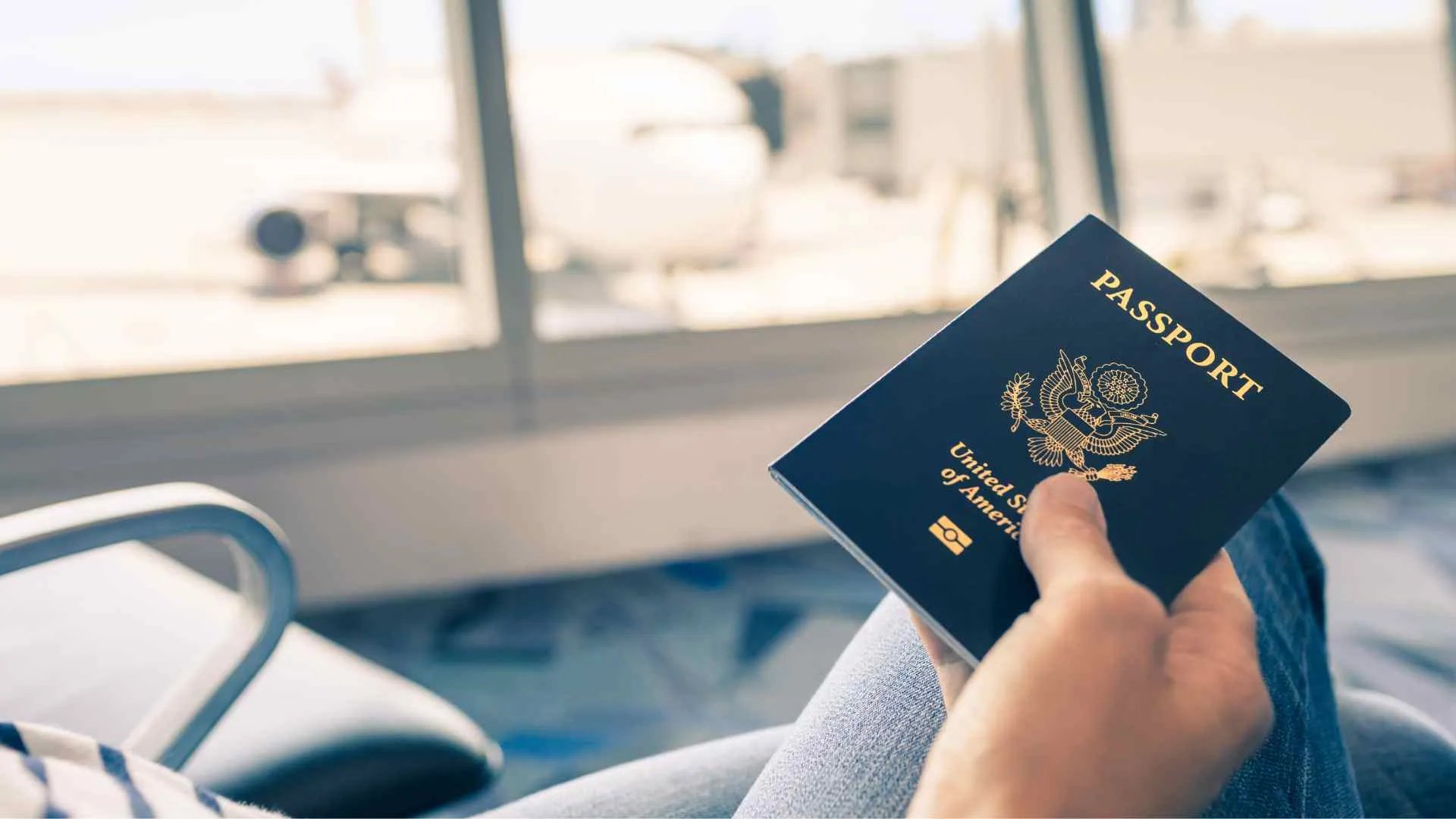
The Basics of Passports and Cruises
The anticipation of a cruise vacation can often overshadow the more mundane aspects of preparation.
However, just as you’d pack the right outfits or sunblock, ensuring you have the appropriate travel documentation is paramount.
Let’s delve deeper into the fundamentals.
What is a passport and its primary use?
A passport is a government-issued document that certifies a person’s identity and nationality. It’s an essential tool for international travel, allowing you to enter and leave countries.
Within its pages, border control stamps or visas showcase your travel history.
A passport doesn’t merely grant access; it serves as a universally recognized piece of ID, providing personal details like your photograph, date of birth, and nationality.

Different types of cruises: closed-loop vs. open-loop
Understanding the difference between closed-loop and open-loop cruises can clear up the confusion regarding passport requirements:
- Closed-Loop Cruises: These begin and end at the same U.S. port. Imagine setting sail from Miami, stopping by several Caribbean islands, and then returning to Miami. For such cruises, U.S. citizens might find that their passport requirements are more lenient. But, as we’ll discuss in the upcoming sections, having a passport is still a good idea.
- Open-Loop Cruises: These cruises might start from one port and end at another. Suppose you start your voyage in San Francisco but conclude it in Vancouver, Canada. For these types of cruises, a passport for U.S. citizens is typically mandatory, given that you’re disembarking permanently in a foreign country.
To answer our main question, “Do you need a passport for a cruise?”, one must first identify the type of cruise and the specific passport regulations associated with the countries involved.
While the basics provide clarity, it’s the details that will guide your exact documentation needs.

Closed-Loop Cruises: The Specifics
Closed-loop cruises are a favorite among many travelers, often because of their convenience and straightforward itineraries. But, when it comes to documentation, there’s a bit to unpack. Here’s what you need to know.
Definition and details of closed-loop cruises
Closed-loop cruises are voyages that begin and end at the same port within a single country. For many, this might be embarking and disembarking in Miami, Fort Lauderdale, or another popular port within the U.S.
The journey might encompass several international destinations, but you’ll return to your starting point.
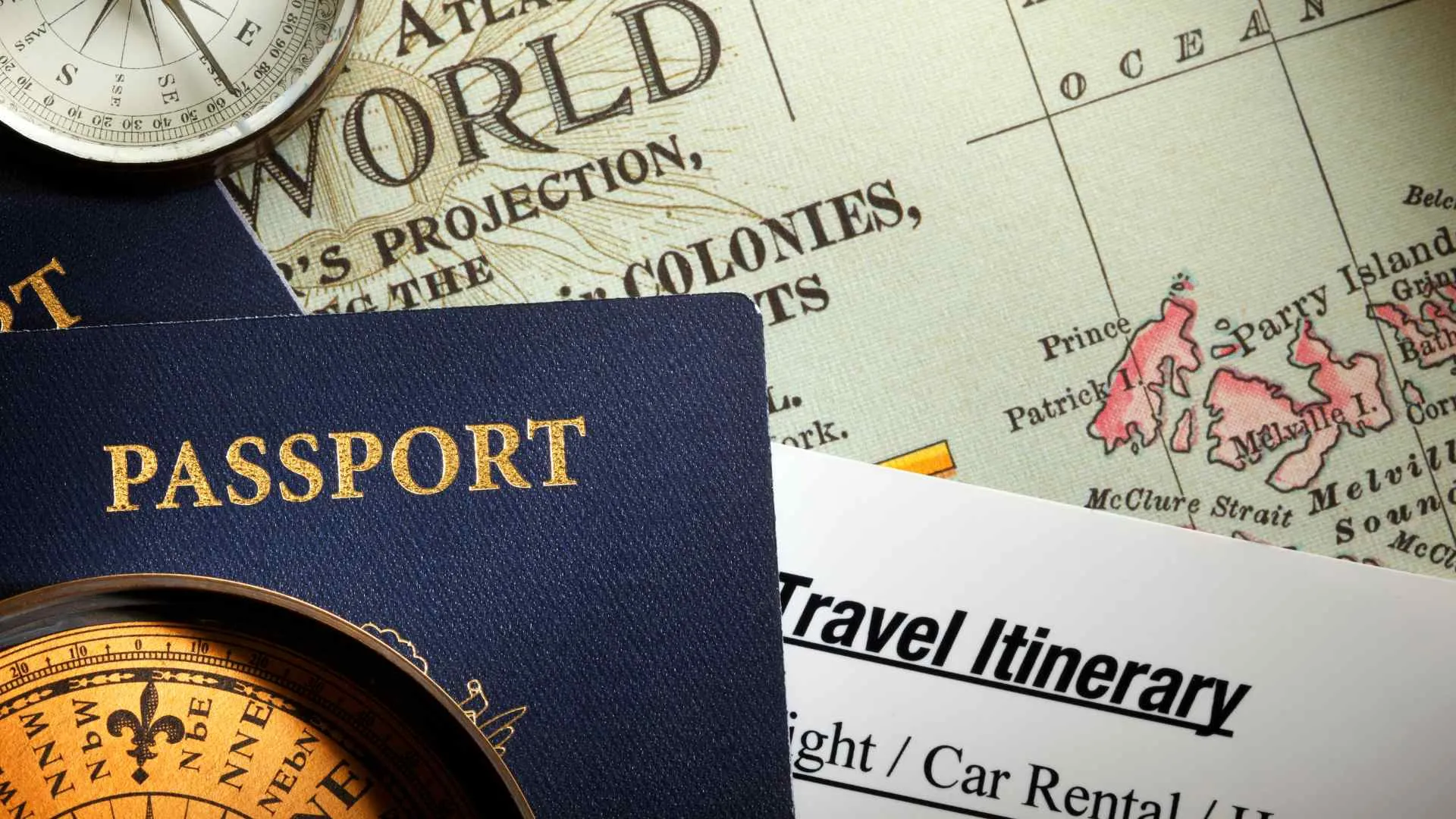
Do you need a passport for a cruise that’s closed-loop?
The straightforward answer for U.S. citizens cruising from a U.S. port is: not always.
U.S. Specifics
According to the Western Hemisphere Travel Initiative (WHTI), U.S. citizens on closed-loop cruises can travel with just a government-issued photo ID (like a driver’s license) and an original or copy of their birth certificate (with a raised seal). This combination allows re-entry into the U.S. after the cruise concludes.
However, this doesn’t account for the individual countries you might visit during your cruise. Some destinations may require a passport for entry, regardless of the closed-loop nature of your cruise.
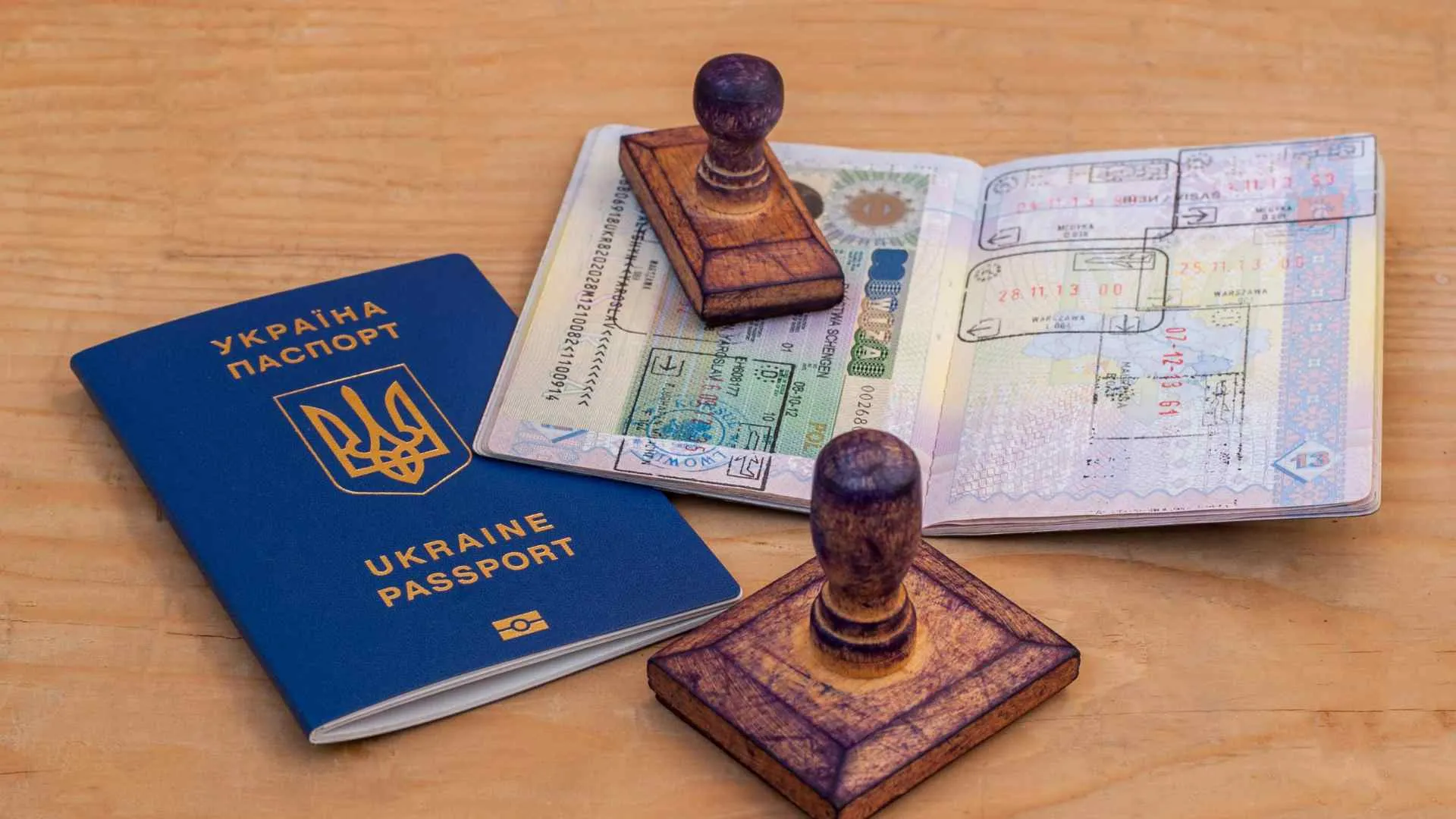
Other Countries’ Regulations
For travelers from other countries or for cruises that originate outside the U.S., passport requirements can vary. It’s essential to check with the cruise line and the specific countries’ consulate or embassy to get accurate information.
While closed-loop cruises might seem more lenient with passport rules, travelers should be aware of the risks. Using only a birth certificate and photo ID might limit your ability to fly out of a foreign country if an emergency arises. In such cases, having a passport becomes indispensable.
So, in answering our recurring query, “Do you need a passport for a cruise?”, if it’s a closed-loop from the U.S., not necessarily. But it’s always a good practice to carry one, as it offers greater flexibility and security on your journey.
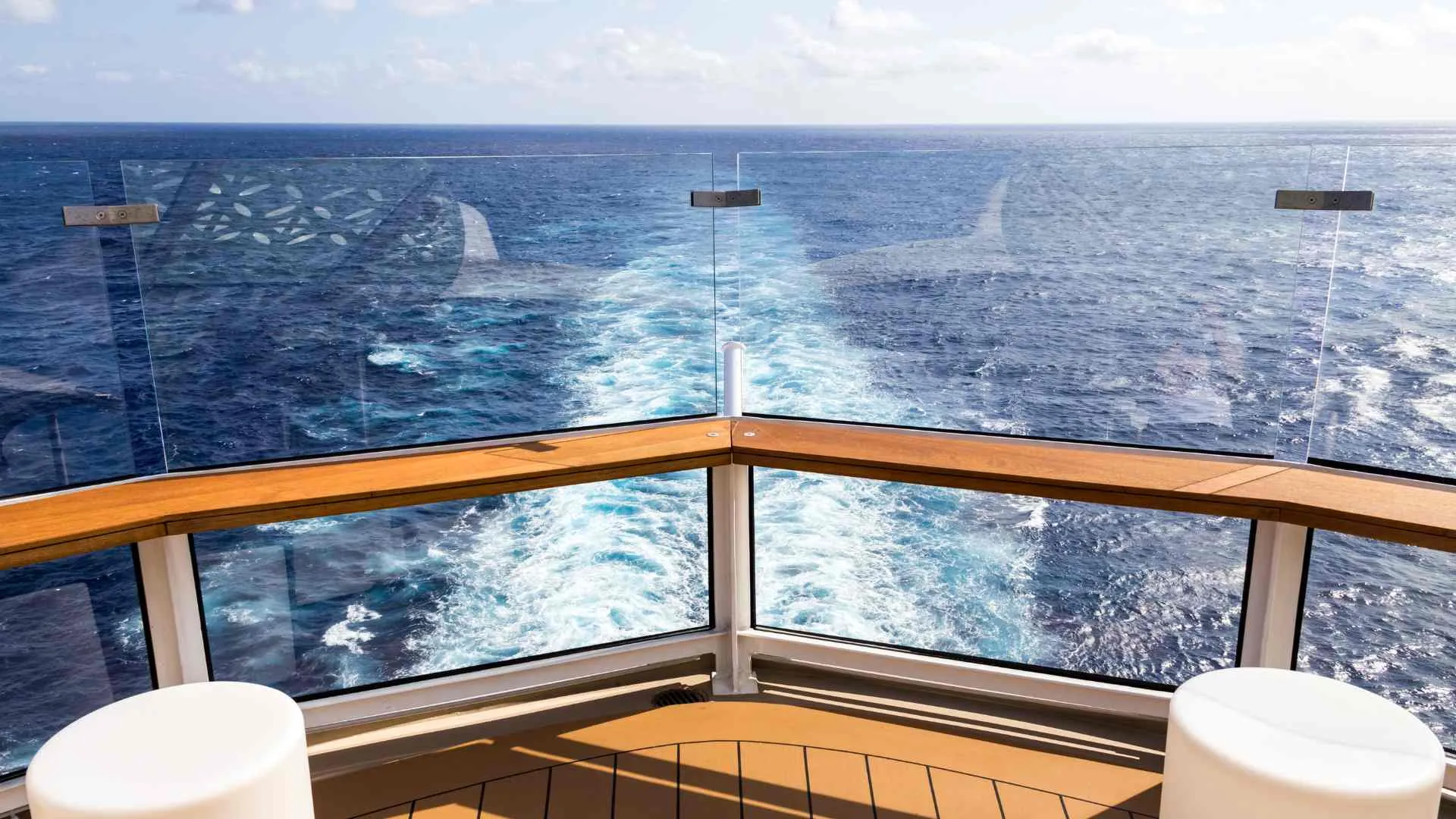
Open-Loop Cruises: The Specifics
Open-loop cruises, with their varied starting and ending points, offer a unique exploration experience to many cruise ports. They’re a chance to begin your adventure in one country and conclude it in another, perhaps even on a different continent.
However, with this variety comes a different set of documentation requirements.
Definition and details of open-loop cruises
Open-loop cruises are voyages that start from one port and conclude in another, different port. This could mean setting sail from Los Angeles, California, and finishing your cruise in Tokyo, Japan, or beginning in Barcelona, Spain, and disembarking in Rome, Italy.
These cruises not only provide a richer travel experience but also necessitate careful attention to entry and exit requirements for multiple countries.
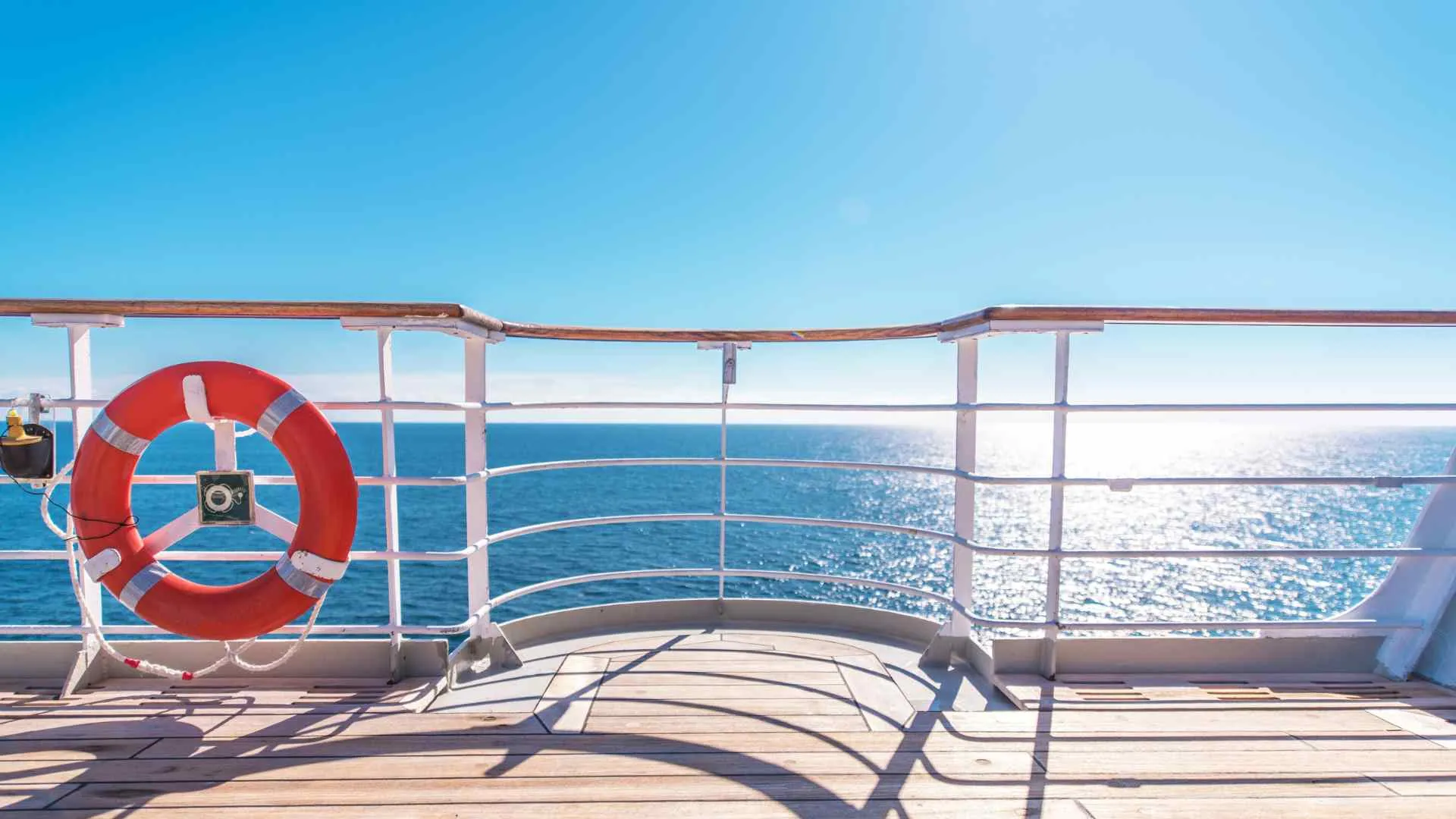
Do you need a passport for a cruise of this type?
Almost always, yes. Here’s why:
- Entering a New Country: Unlike closed-loop cruises, where you return to your point of origin, open-loop cruises require you to enter a new country at the end of your journey. Most countries mandate a passport for entry, especially if you’re arriving by sea.
- Transiting Through Different Nations: Your cruise might have several stops across various countries before reaching the final port. Each of these nations can have distinct entry requirements. In most cases, a passport is the universally accepted document.
- Emergencies and Plan Changes: If for any reason you need to leave the cruise early and fly back home or to another destination, having a passport is non-negotiable. Airlines require passengers to have a valid passport for international flights.
- Re-Entry Into Your Home Country: For U.S. citizens, re-entering the U.S. after an international journey typically requires a valid passport, especially if flying. For citizens of other countries, a passport is a standard re-entry requirement.
It’s also crucial to check visa requirements. Some countries might not just ask for a passport but might have specific visa regulations for visitors, even if the stay is brief. It’s always a good idea to consult with your cruise line and the embassies or consulates of the countries on your itinerary.
In conclusion, for open-loop cruises, the answer to “Do you need a passport for a cruise?” is a resounding yes. It’s not just about adhering to rules but ensuring that your journey remains uninterrupted and hassle-free.
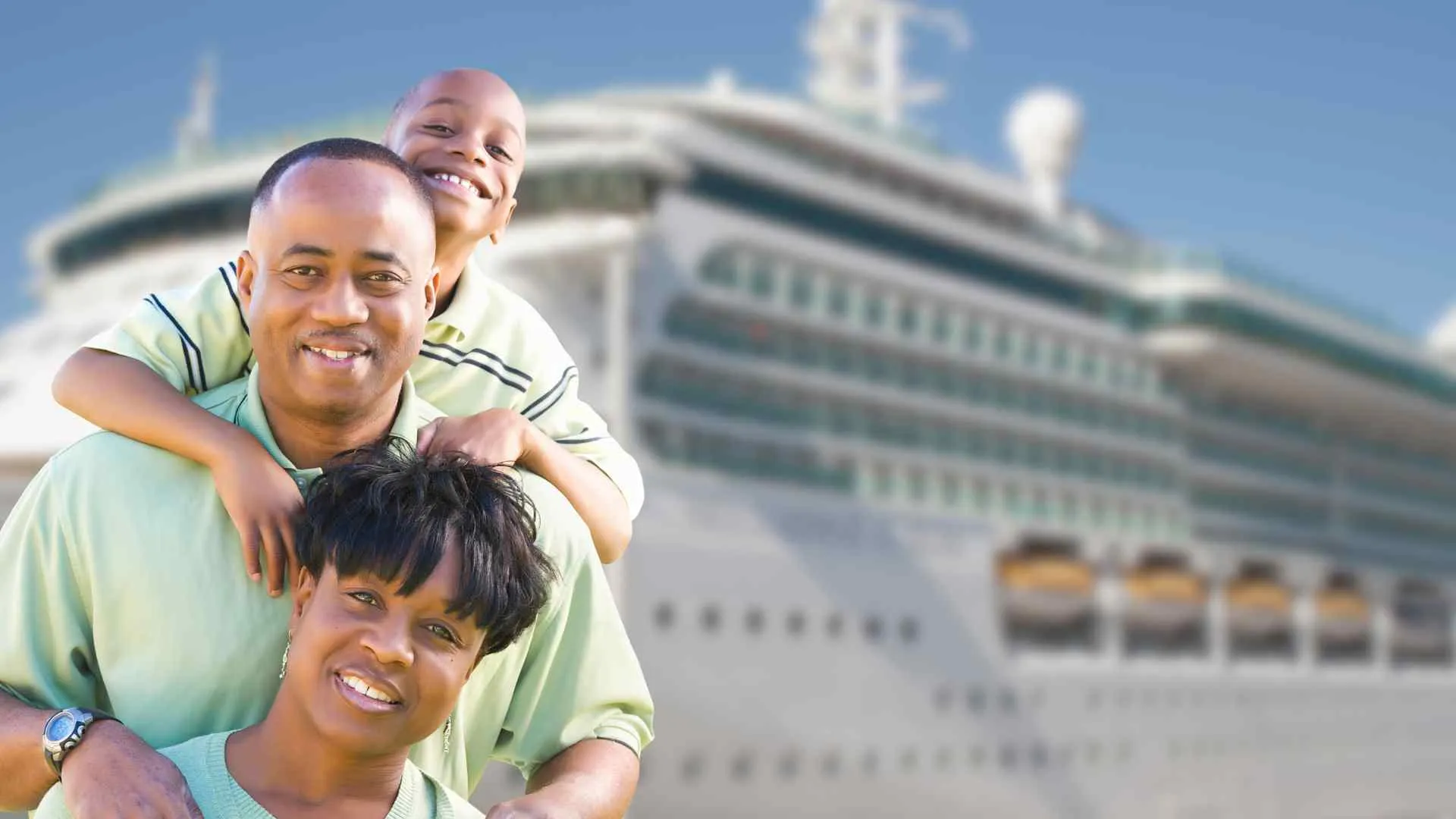
The Benefits of Having a Passport on a Cruise
Even when it’s not a strict requirement, carrying a passport on a cruise offers numerous advantages. A passport is not just a document; it’s a key to many doors when you’re traveling, making your journey smoother, more flexible, and safer.
Let’s explore the myriad benefits of having this golden ticket onboard.
Emergencies and Unexpected Stops
Life is unpredictable. From personal medical emergencies to unexpected ship detours due to weather or technical issues, unforeseen circumstances can arise.
In such situations, if you need to fly back home or to another country, a passport is indispensable. It ensures that you can deal with emergencies without added stress.

Exploring Port Cities In-depth
While your cruise ship might have arranged for land excursions that don’t demand a passport, maybe you’re someone who cherishes spontaneity. Fancy a last-minute guided tour? Or perhaps an overnight stay to delve deeper into a port city?
With a passport in hand, you have the liberty to make impromptu plans and enjoy unscheduled adventures.
Re-Entry into Your Home Country
When your cruise concludes, re-entering your home country, especially if flying, is usually more straightforward with a passport. While alternatives might be acceptable, having a passport can expedite processes and reduce questioning at border controls.
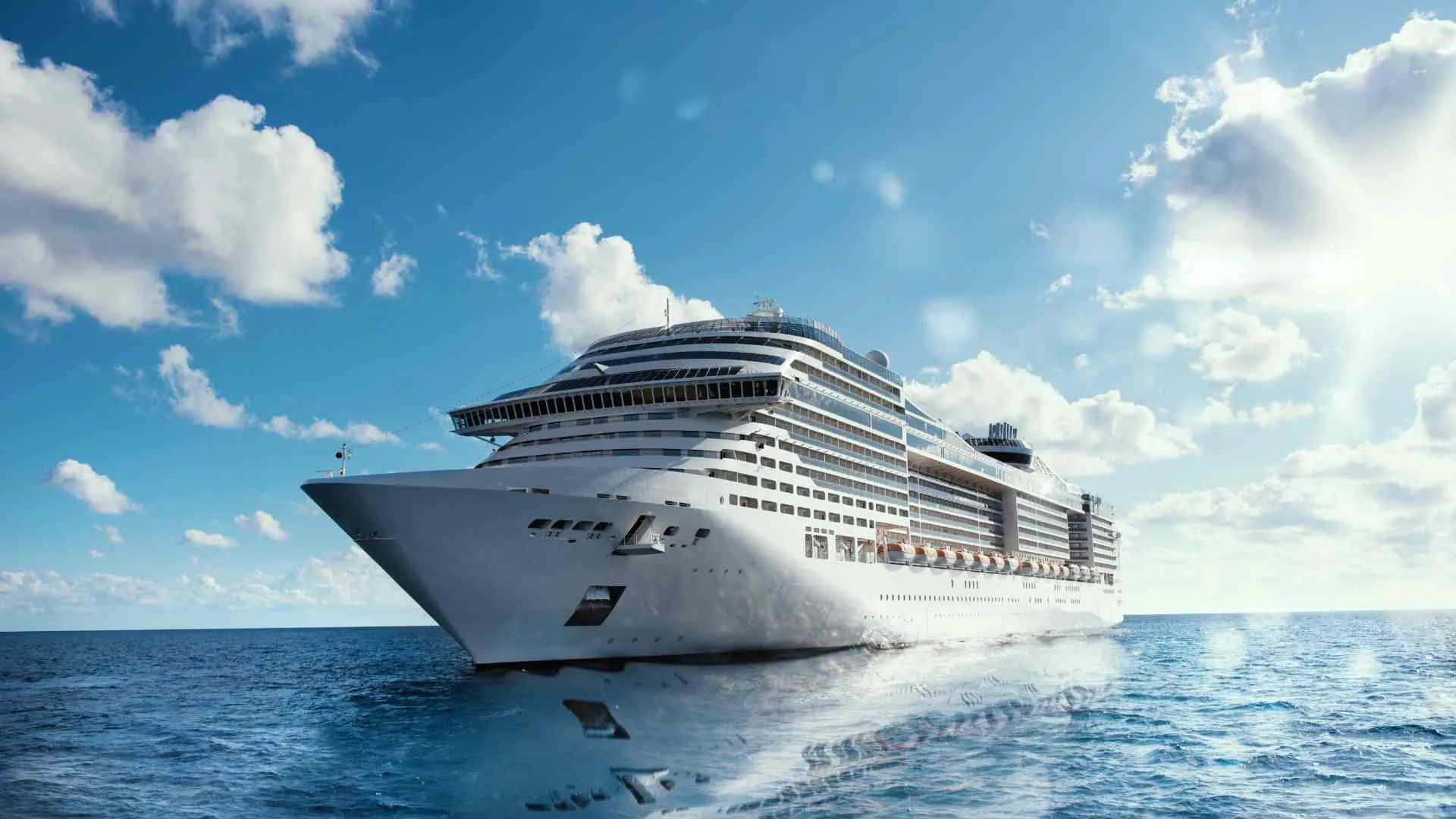
Peace of Mind
There’s an intangible yet invaluable benefit to carrying a passport – peace of mind. Knowing that you’re equipped to handle changes, whether they’re fun new plans or unexpected challenges, makes the journey more enjoyable.
You’re free to immerse yourself in the experience, without nagging concerns.
Increased Travel Options Post-Cruise
What if you decide to extend your vacation? Having a passport means you can hop on a flight to a neighboring country or take another mode of international transport without heading home immediately.
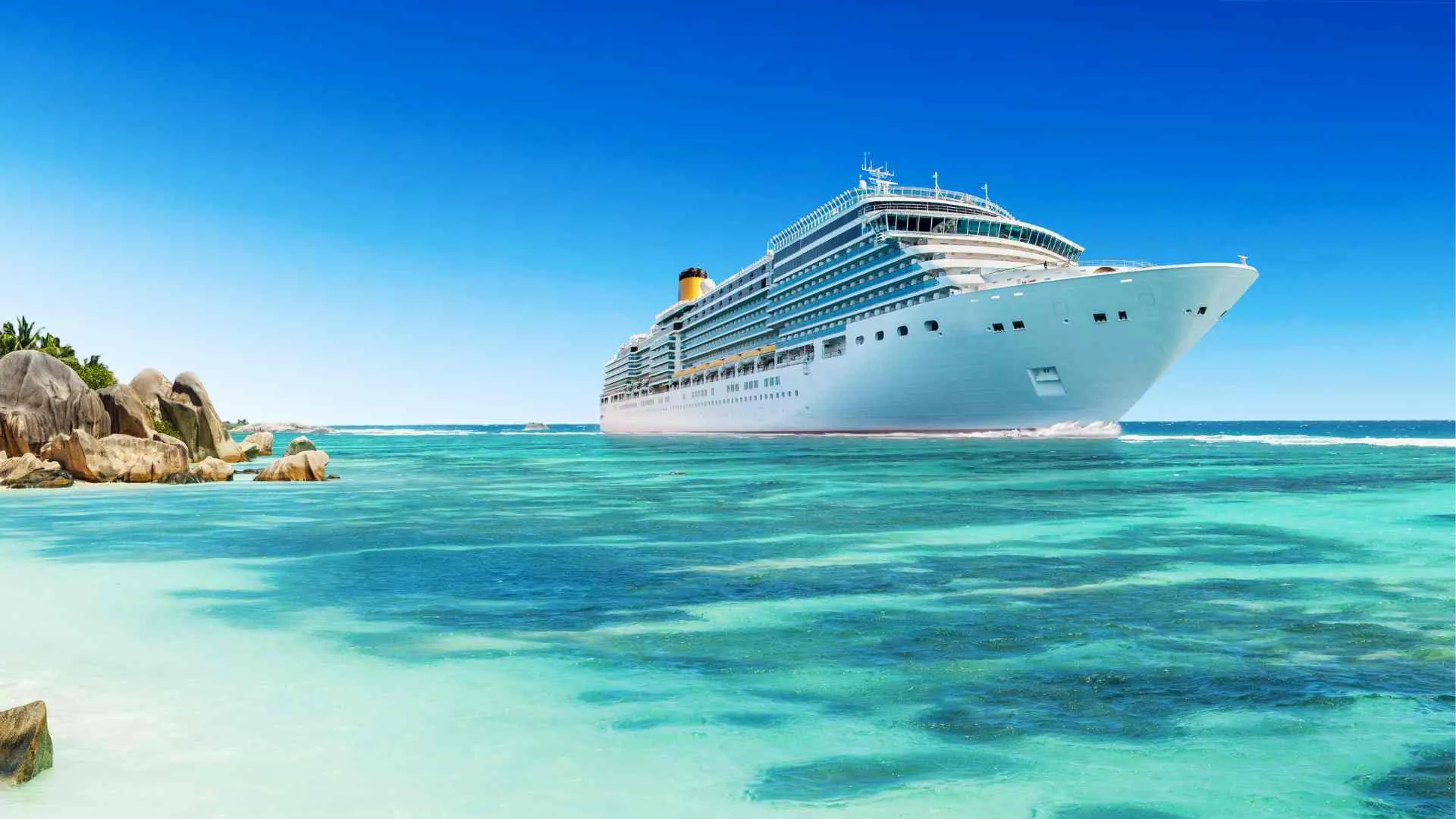
Universal Recognition
While some countries may accept other forms of ID for entry or specific activities, a passport is universally recognized. It’s your global ID, reducing the need to carry or present multiple documents.
It’s a Travel Diary
Every stamp in your passport tells a story. Over time, it becomes a cherished memoir of your adventures, filled with memories of the places you’ve visited and the experiences you’ve gathered.
In answering the central question, “Do you need a passport for a cruise?” – the technicalities might vary. But when considering the benefits, it’s evident that possessing one amplifies the cruise experience. It offers freedom, security, and a tangible connection to the world beyond the ship’s deck.

Alternative Documents: Can They Replace a Passport?
In the realm of travel, few documents are as universally accepted as a passport. However, under certain circumstances, especially with specific cruise types, alternative documents may be permissible.
Let’s dive into these alternatives and explore their potential and limitations.
Birth Certificates
For closed-loop cruises originating and terminating in the U.S., citizens can often use a government-issued birth certificate combined with a photo ID.
- Benefits: It’s an accessible document for many, and when combined with a photo ID, it’s often acceptable for re-entry into the U.S. post-cruise.
- Limitations: A birth certificate lacks photo identification and is not universally recognized outside the U.S. If an emergency arises and you need to fly out of a foreign country, a birth certificate won’t suffice.

State-Issued IDs
These can include driver’s licenses or other official photo identification cards issued by a state or territory.
- Benefits: In conjunction with a birth certificate, they can help establish identity and citizenship for closed-loop cruises.
- Limitations: Alone, they do not prove citizenship and are not valid for international air travel. Also, not all countries visited during a cruise will recognize a state ID as valid identification.
U.S. Passport Cards
A more compact alternative to the traditional passport book, designed primarily for land and sea travel within North America.
- Benefits: It’s wallet-sized, making it more convenient to carry. It’s valid for entering the U.S. from Canada, Mexico, the Caribbean, and Bermuda at land border crossings or sea ports-of-entry.
- Limitations: It’s not valid for international air travel. If you need to fly out of a foreign country during your cruise, the passport card won’t be accepted.

Enhanced Driver’s License (EDL)
Issued by some U.S. states, EDLs are designed for U.S. citizens to re-enter the country by land or sea from Canada, Mexico, and some Caribbean countries.
- Benefits: Functions as a driver’s license and proof of citizenship. It has a vicinity Radio Frequency Identification (RFID) chip, aiding in quicker border inspections.
- Limitations: Valid only for specific countries and not for international air travel. Availability is limited to participating states.
Trusted Traveler Programs
Cards such as the Global Entry, NEXUS, or SENTRI can expedite the customs process.
- Benefits: Speedier processing through customs and border protection.
- Limitations: They don’t replace the need for a passport or visa during international travel.
In answering our focal question, “Do you need a passport for a cruise?”, while alternative documents can sometimes be used in place of a passport, especially for closed-loop cruises, their scope is limited.
They often lack the comprehensive acceptability and versatility of a traditional passport. Before relying on these alternatives, ensure thorough research and verification with your cruise line and the countries you intend to visit.
Understanding alternative documents underscores the significance of planning and the importance of ensuring you’re equipped with the most suitable documents for your journey’s specifics.

The Risks of Cruising Without a Passport
Choosing to embark on a cruise without a passport, even if it’s technically allowed, introduces several potential complications. Beyond the logistics of entry and exit points, there’s the broader aspect of ensuring a smooth, enjoyable, and stress-free voyage.
Here, we unravel the risks associated with cruising sans passport.
Denied Entry at Foreign Ports
While your cruise might assure you of no need for a passport, individual countries can have distinct entry requirements. You could face denial of entry, which would limit your ability to explore or even disembark at certain ports.
Emergencies and Unplanned Disembarkations
Should an emergency arise—personal, health-related, or pertaining to the cruise ship itself—you might need to disembark and fly home or to another destination. Without a passport, international air travel becomes impossible, potentially leaving you stranded.
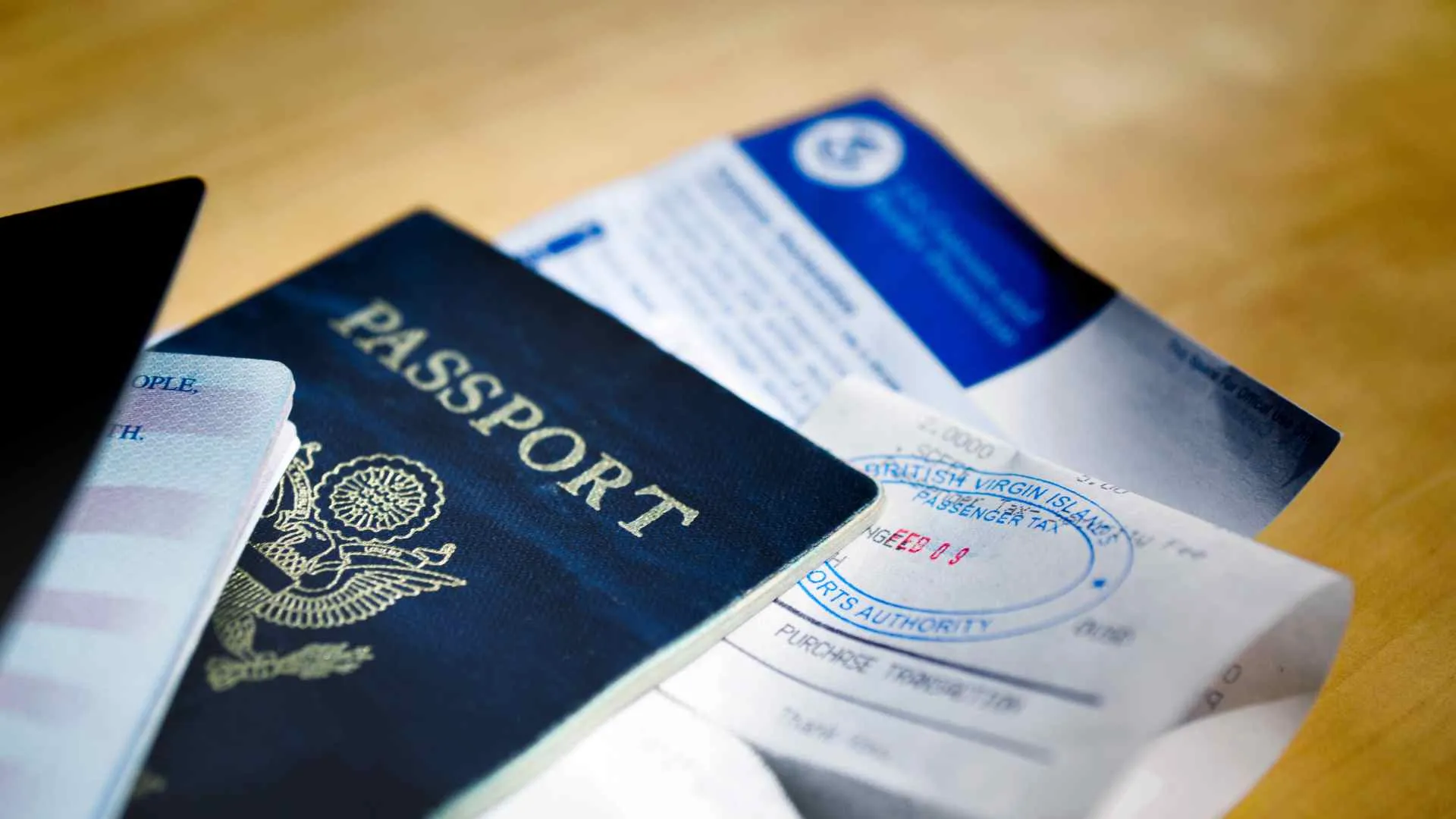
Changes in Itinerary
Cruise lines reserve the right to modify itineraries. A change might include stops in countries with strict passport requirements. Without one, you’ll be confined to the ship, missing out on explorations.
Loss of Freedom and Flexibility
A spontaneous decision to stay longer in a port city or take an unplanned excursion might demand a passport. Lacking one reduces your freedom to make impromptu choices.
Potential Additional Costs
If you’re stuck in a foreign country without a passport, the process to obtain emergency travel documents or navigate complex situations can be time-consuming and costly.

Legal Complications
In rare cases, if legal issues arise in a foreign country, not having a valid passport could complicate matters, making resolutions more challenging.
Stress and Anxiety
Travel is meant to be enjoyable. Constantly worrying about whether you’ll be allowed to disembark or if you’ll face challenges re-entering your home country can dampen the experience. The peace of mind a passport offers is invaluable.
Delays Upon Return
Even if you embarked on a closed-loop cruise and are returning to the U.S., re-entry might involve more extended questioning or verification processes without a passport. This can lead to delays and longer waiting times.
In pondering the question, “Do you need a passport for a cruise?”, considering these risks offers a broader perspective. While there may be scenarios where cruising without a passport is possible, the potential challenges and uncertainties make having one highly advisable.
The essence of travel is exploration and relaxation. Being adequately prepared, especially with essential documents like passports, ensures that the journey remains pleasurable, without unforeseen hitches clouding the experience.
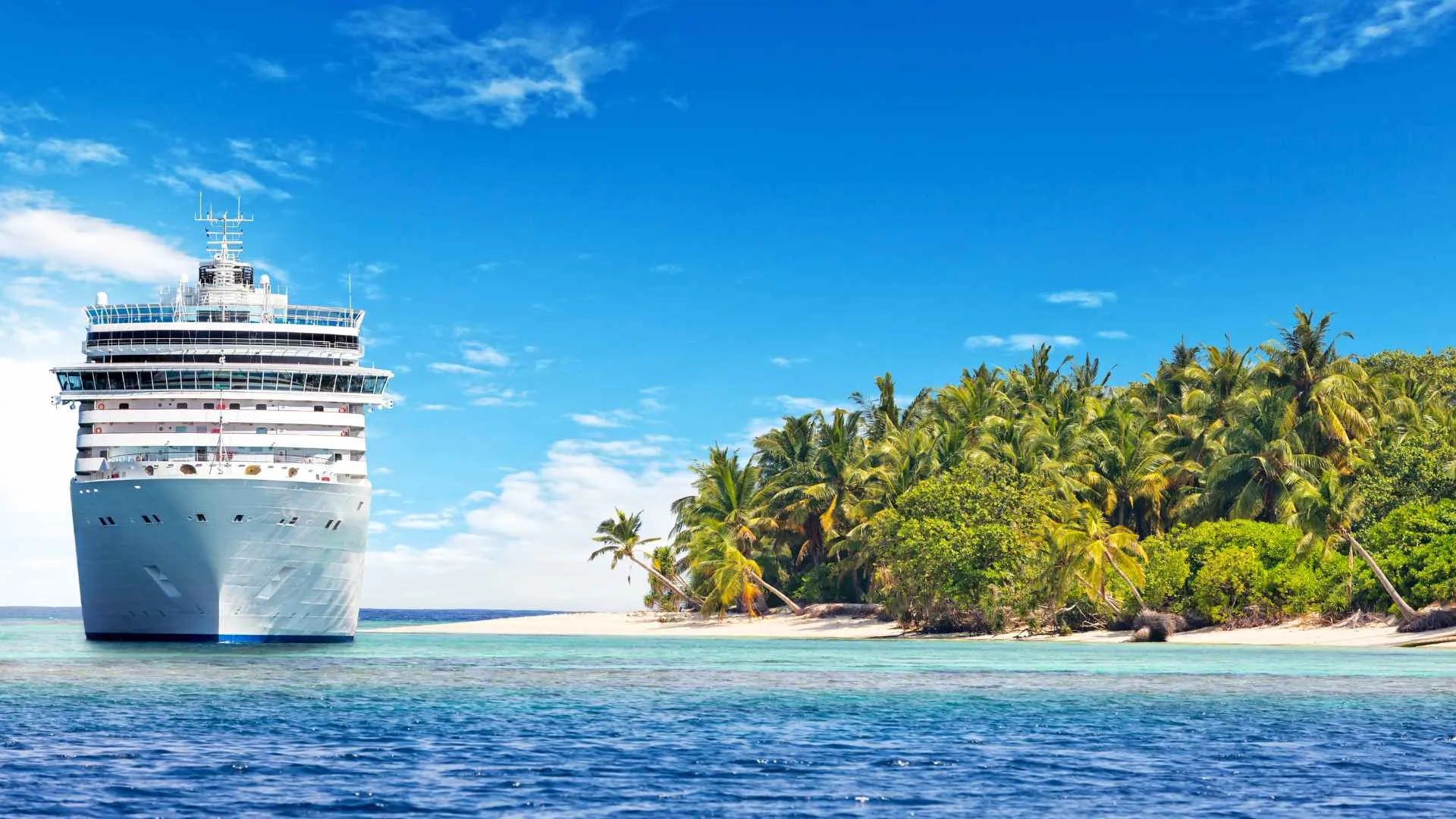
How to Get a Passport: A Step-by-Step Guide
Obtaining a passport might seem daunting, but it’s a straightforward process when broken down step-by-step.
For those asking, “Do you need a passport for a cruise?” and have decided to get one, here’s a comprehensive guide to ensure a seamless application process for U.S. citizens.
1. Gather Necessary Documentation
- Proof of U.S. citizenship: This could be an original birth certificate, a previously issued passport, naturalization certificate, or certificate of citizenship.
- Proof of identity: Valid driver’s license, military ID, or other government-issued photo ID.
2. Get a Passport Photo
- Your passport application requires a 2×2 inch color photo taken within the last six months. Many drugstores, post offices, and photography studios offer this service. Ensure your photo meets the specific U.S. Department of State requirements.
3. Fill Out Form DS-11
- This is the “Application for a U.S. Passport” It’s crucial to fill it out accurately but do not sign it until instructed to do so by an acceptance agent.
- You can find this form online on the U.S. Department of State’s website or at U.S. Department of State agencies.

4. Calculate the Fee
- Passport fees vary based on age and the type of passport (book, card, or both). Check the U.S. Department of State’s website for the most up-to-date fee information.
5. Submit the Application in Person
- First-time applicants must submit their forms in person. You can do this at passport acceptance facilities, which include many post offices, public libraries, and other government offices.
- Don’t forget to bring your filled DS-11 form, your passport photo, proof of citizenship, and photo ID.
- You will be asked to sign the DS-11 form in front of an acceptance agent.
6. Pay the Application Fee
- As of the last update, you can pay via personal checks, money orders, and some other methods. Some facilities may accept cash or credit cards, but it’s advisable to check in advance.
7. Wait for Processing
- Standard processing times can range from 4-6 weeks, though expedited options are available for an additional fee.
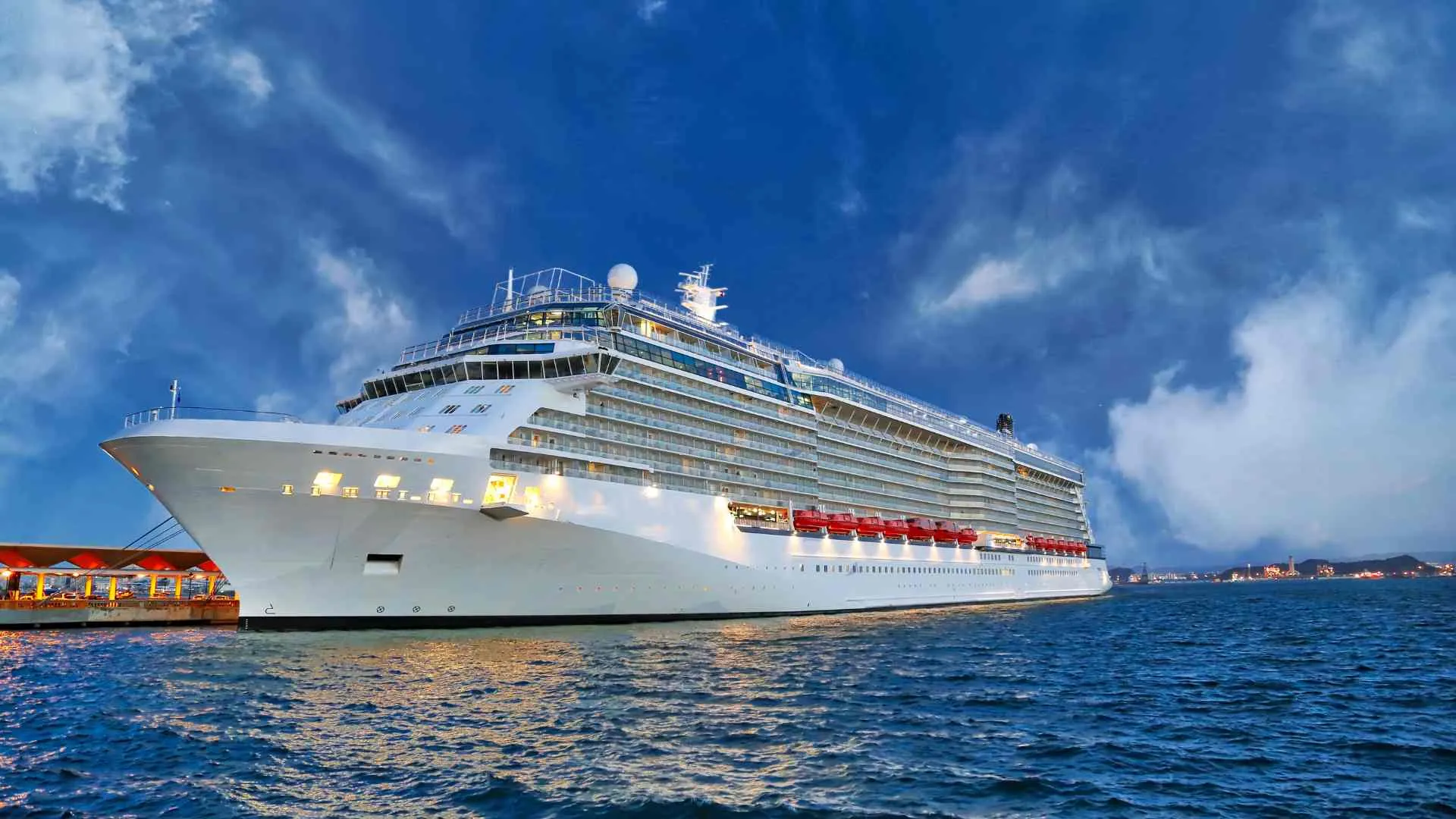
8. Receive Your Passport
- Your new passport (and any original documents you submitted) will be mailed to you. Make sure to verify all the details in your passport for accuracy upon receipt.
9. Sign and Store Safely
- Once you receive your passport, sign it with a pen in the designated area. Store it in a safe place, ideally a fireproof safe or safety deposit box, until your travels.
By following this guide, the process of obtaining a passport becomes more manageable and less intimidating. Having this crucial document not only answers the query, “Do you need a passport for a cruise?” but also opens doors to countless global adventures.
A passport is more than just a travel document; it’s your key to the world. Whether you’re planning a cruise or dreaming of future journeys, having a passport in hand ensures you’re ready for any adventure that calls.

Conclusion
The journey of understanding the intricacies of the question, “Do you need a passport for a cruise?” has navigated through various perspectives, from the nuances of cruise types to the undeniable benefits of possessing a passport.
While there may be instances where alternative documents could suffice, a passport remains the gold standard in ensuring a seamless, flexible, and enjoyable cruising experience.
As the world beckons and the waves invite, having your passport ready is not just about fulfilling a requirement; it’s about embracing boundless opportunities with open arms and a spirit ready for adventure.
Embark on your fun cruise with the world in your pocket and the horizon ahead. Safe travels!
FAQs on Do You Need a Passport for a Cruise?
Navigating the waters of cruise travel can be tricky, especially when it comes to documentation. Here are some frequently asked questions to further clarify the topic and provide quick answers for those prepping for their next voyage.
1. If my cruise starts and ends in the same U.S. port, do I need a passport?
- Not necessarily. This is known as a closed-loop cruise. While a passport is recommended for the reasons discussed, U.S. citizens can often use a government-issued birth certificate and a photo ID.
2. What if my child is cruising with me? Do they need a passport?
- Children under the age of 16 traveling on a closed-loop cruise can use their birth certificate as proof of citizenship. However, for most international air travel, a passport is required regardless of age.
3. How long before my cruise should I apply for a passport?
- Ideally, apply at least 10-12 weeks before your cruise to allow for processing and potential delays. If you’re in a rush, expedited services are available for an additional fee.
4. Is a passport card the same as a passport book? Can I use it for my cruise?
- A passport card is valid for land and sea travel within North America (Canada, Mexico, the Caribbean, and Bermuda). However, it’s not valid for international air travel. Depending on your cruise itinerary, a passport card might suffice, but a passport book offers broader utility.
5. My passport is expiring soon. Can I still use it for my cruise?
- Many countries require your passport to have at least six months of validity beyond your date of entry. It’s advisable to renew your passport if it’s close to expiration.
6. What if I lose my passport while on the cruise?
- Report the loss immediately to the ship’s security and the nearest U.S. embassy or consulate. They can assist in obtaining emergency travel documents.
7. Can I use my enhanced driver’s license (EDL) for the cruise?
- EDLs are designed for U.S. citizens to re-enter the country by land or sea from Canada, Mexico, and some Caribbean countries. Depending on your cruise’s itinerary, an EDL might be acceptable. Still, always check with your cruise line and the countries you’ll be visiting.
8. Do all countries have the same passport requirements for cruises?
- No. Each country has its own entry and exit requirements. While your cruise line will provide general guidance, always check with the specific country’s consulate or embassy for the most accurate information.
9. What if I’m on a back-to-back cruise? Do the same passport rules apply?
- Yes. Even if you’re sailing consecutively, the requirements remain consistent with the nature of the cruise (closed-loop or open-loop) and the countries visited.
10. If I’m a U.S. permanent resident but not a citizen, do I need a passport for a cruise?
- Yes. U.S. permanent residents (green card holders) should always travel with their passport from their country of citizenship, along with their U.S. Permanent Resident Card (Green Card).
11. Can I board the cruise without a passport and then show it upon re-entry into the U.S.?
- It’s risky. While U.S. re-entry might be your concern, the cruise line often requires verification of travel documents before boarding. Not having the appropriate documents can result in denied boarding.
12. If I have a visa for a specific country, does that replace the need for a passport?
- No. A visa is an endorsement or stamp placed within a passport. You still need the passport to hold the visa. Always carry both for countries that require a visa.
13. How long does it typically take to receive my passport after applying?
- Standard processing times can range from 4-6 weeks, but during peak times or unforeseen circumstances, it might take longer. If you need your passport sooner, expedited services are available.
14. What should I do if there’s a mistake in my new passport?
- If there’s an error in your passport issued by the U.S. Department of State, contact the National Passport Information Center or return to the place where you applied to report and correct the mistake.
15. Can I use a digital version of my passport during the cruise?
- While digital passport apps and backups are gaining traction for backup and record-keeping, the physical passport remains the primary document for travel. Always carry your original passport.
16. If I’ve recently changed my name, do I need a new passport?
- If you’ve legally changed your name due to marriage, divorce, or other reasons, you should update your passport before traveling to avoid discrepancies and potential complications.
17. Do I need separate passports if I hold dual citizenship?
- Yes. If you hold citizenship in two countries, you should have a passport from each country. Remember to enter and exit a country on the passport of that respective country.

